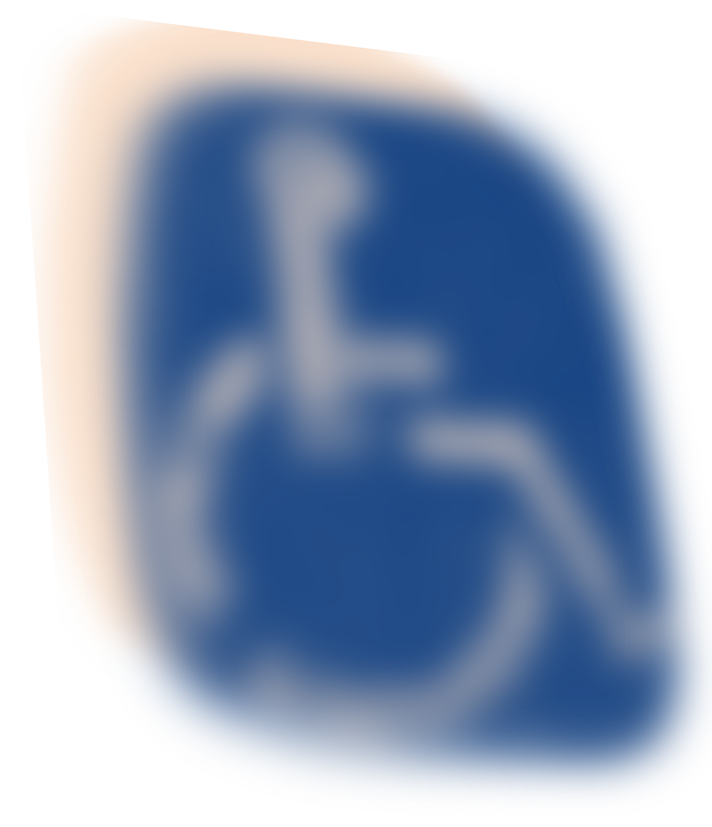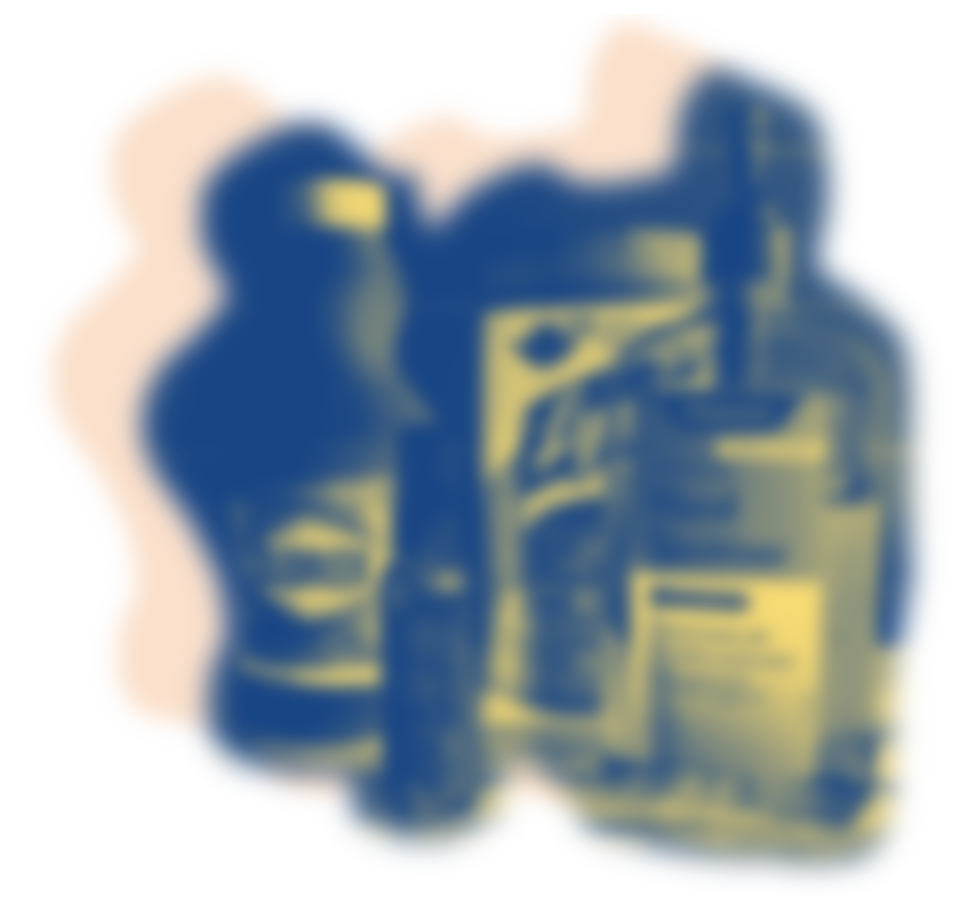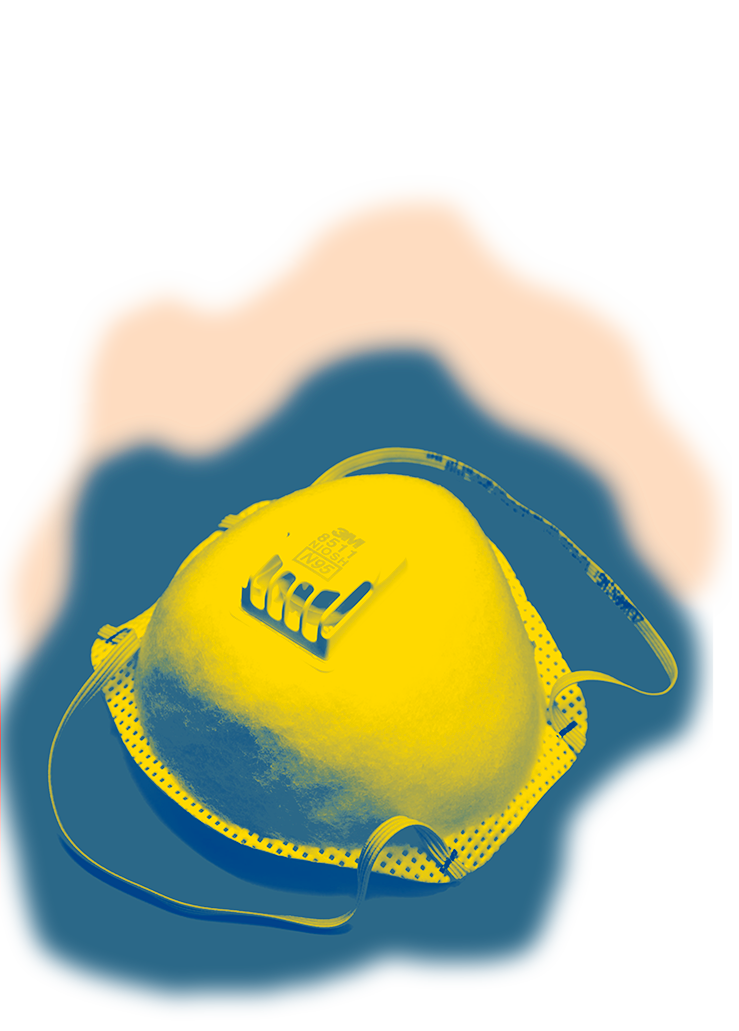


Back Up


How well has SAIC fulfilled the Accessible Campus Action Alliance's guidelines for safely reopening college campuses?
by Kaitlin Weed



The Accessible Campus Action Alliance (ACAA) was a petition published by disabled scholars, academics, and experts directly impacted by school reopenings in the summer of 2020, which provided an outline on how to reopen college campuses safely in the fall semester while prioritizing the wellbeing of staff, faculty, and students. The petition was signed by numerous staff, faculty, and students from various universities and colleges, including SAIC. Many of those who signed were anonymous, including some signees from SAIC.
To find out how well SAIC was able to follow the ACAA, I interviewed Dawn Gavin, Dean of Undergraduate Studies; Paul Jackson, Associate Dean of Undergraduate Studies; Tom Buechele, Vice President for Facilities & Campus Operations; an anonymous member of the community who is both faculty and staff, and an anonymous student.
Class schedules are, under normal circumstances, decided 18 months in advance. This summer, however, scheduling became more about “creating sections that were accessible from a variety of time zones for a variety of students,” according to Gavin.
When deciding whether classes would be in-person or remote, the administration wanted faculty to consider the question, “What do you think you can successfully deliver online?” Faculty and department chairs were deemed experts on how their classes could be hosted. “And I think this will be something that we don't abandon whenever we, quote unquote ... go back to normal,” commented Gavin.
In contrast to this, an anonymous SAIC faculty and staff member stated in an email to me in November that “prior to the school sending out the accommodations, it was clear in all their messaging that they wanted every class that could be in-person, to be in-person. There was a lot of pressure from the administration and specifically from admissions to market, promise, and guarantee that classes would be in-person.” The staff member is a high-risk individual, as is their partner. Yet, despite the chair of their department stating that “no one who feels unsafe should come to campus," the staff member felt pressured to teach in-person. Their impression was that if they didn’t agree to teach in person, the department would find somebody else who would.
Accessibility had to change as well. SAIC’s Canvas classroom website has been updated with alternative format options that incorporate different ways to access a PDF, such as MP3 transcriptions and larger text. Gavin and Jackson also discussed having to navigate new forms of accessibility, such as captioning and recording through Zoom. For them, the pandemic has accelerated these conversations as accessibility needs have changed rapidly.
The attendance policy needed changing as well. “We're really pushing with our attendance policy that faculty be ready to work with students who are ill. You should never be faced with any kind of academic consequences if you need to stay home because you're dealing with anything.” SAIC’s previous attendance policies were strict, especially during important critiques and similar scenarios. Both Gavin and Jackson noted the need for critiques to be accessible, and therefore online.
What impact could this have had in the past, especially for disabled students who so often have to fight for attendance accommodations? Will we continue to have conversations about accessibility even after able-bodied students no longer need them? Accommodations will continue to be critical for disabled students.
Jackson and Gavin talked about urging faculty to reconsider how they were teaching classes in what they called the “five novels vs three novels'' approach. This approach asked teachers where they would normally assign “five novels' ' to assign “three novels,” or, in general, to pare down their content. “It's not just about letting them be flexible, it's about asking less of them, given that we know it's tougher to learn online.”
SAIC leaves a lot of decisions on managing classes up to faculty. The three novel approach is in line with the ACAA, but professors can determine if they will follow it or not. A student I spoke to anonymously commented that one class was “well-balanced for the pandemic, and very accommodating,” in contrast to another that had “a heavy workload, and our teacher has been very judgmental of any mention of negativity, even something like taking a necessary daily medication.” The same teacher would also keep their international students late, which the student cited as being around “4, 5, or 6 a.m.” in their time zone.
The administration created what Gavin and Jackson described as a “new type of withdraw grade to be a reflection of the context in which students were studying in the spring [semester of 2020], that even if a student ended up not doing enough to earn credit, we felt like it was important to reflect that it was far more likely to be about the circumstances around them than about their own performance.” However, they did not extend this type of withdrawal grade into the fall semester of 2020.
This withdrawal is an important step in the right direction for accessibility, but to cut it short in the fall semester of 2020 does not account for the lack of agency people have had in their choices as the pandemic drags on. The anonymous student I spoke to described their situation in the current semester as incredibly difficult, as they “had to choose between staying in my toxic home environment and losing my dorm space, or potentially dying from COVID here in Chicago.”
Will we continue to have conversations about accessibility even after able-bodied students no longer need accommodations?
The ACAA calls for accommodations even for those who are not covered by the Americans with Disabilities Association (ADA), such as those with immunocompromised partners, and those unable to get a clear diagnosis or access health care for a diagnosis. The ACAA also calls for accommodations for all faculty and staff to be able to work from home or access paid sick leave.
When I spoke to Tom Buechele about how staff and faculty had access to sick leave during quarantine and isolation, he stated that they “wanted to make sure that people didn't put the health and welfare of others at risk because they felt like they had an economic reason where they had to be at work. And that was true for all of our employees.” According to Buechele, Human Resources developed a process for staff and faculty to request workplace accommodations or a modified work arrangement in light of the pandemic.
Human Resources developed a process in which staff and faculty could apply for workplace accommodations the summer of 2020. Human Resources was also balancing student support and campus operations as they wanted to make sure that students still had the resources they needed and that SAIC had the staff they needed to implement Make Ready, the school's reopening plan, safely.
Due to this, not all requests were approved, and priority was given to those who needed accommodations under ADA’s Reasonable Accommodations in the Workplace. After this, departments would then consider if staff could perform their jobs from home using guidelines under Flexible Work Policy. The school’s “Flexible Work Policy” allows an employee to request that they work nontraditional hours as long as they can still complete their job. If these could not be applied, the employee would then have the option of applying for an unpaid leave of absence.
“We're going to make it through this. We won't be the same institution we were before, and we shouldn't be. There's way too much that's happened that we have to address.”
In October, I also interviewed Tom Buechele about his experience as VP of Campus Operations. He described his job as shifting, stating that “by early March [2020] everything I used to do, just more or less, I stopped doing. We focused almost 100% on the campus Emergency Operations Plan with the staff, faculty, and leadership positions across the school. And that's all we did, day and night, for weeks on end.”
“The staff suffered through an enormous amount,” Buechele also stated. “And then we got to our financial difficulties, and having to make the worst decisions you ever want to make in your life.” Because of the recent layoff of 30 IRFM staff members, Buechele said, staff were often “not doing just our job, we're doing what we used to do plus the work of sometimes two or three other people to keep the school running. That means that there are some parts of our job that we don't think we can do anymore, we simply just have to do what's essential, those other things have to wait.”
The anonymous staff member I spoke with told me that they did not feel secure in their job, because “it is a contract job and many of my peers in that department and others were laid off due to the decrease in enrollment.” There is added pressure on them as well, as their “partner was laid off due to COVID, and so we're only existing on my income these days.” They have found themselves working 6 days a week in various capacities, plus having to plan for classes that may or may not run next semester. “It's massively straining, exhausting, and ultimately unsustainable.”
Resource-wise, the anonymous staff member also stated that they were “given a school issued laptop immediately when we closed in March.” While their computer costs were covered, they are not being compensated for the wifi, electricity, or phone payments needed for their job.
As a faculty member, they have also had to buy their own tools for teaching online, such as a phone stand, and had to upgrade their phone for better video quality. “The school provided software and Canvas support, which has been really helpful,” they stated. “But everything else is either from my own time or pocket.”
Layoffs and communication issues have added to the anxieties of faculty and teachers. The anonymous staff member I interviewed stated that all summer long, they had experienced “constant fear of classes not running, not being paid, and watching friends and family be laid off left and right from SAIC”. Because of this, they are “frequently in tears, or so anxious I can't move.” However, they also expressed concern and worry for their students, saying, “If this is how I feel, I cannot imagine their stress and concern for the future.”
The anonymous student I interviewed has also found it difficult to manage their mental health. They have found their “antidepressants aren’t working but I’m too overwhelmed by anxiety, fear, and guilt to find a new doctor to work with.” They have found it difficult to reach out to anyone due to the pandemic and “fear of repercussions from SAIC.”
Several of the people I interviewed expressed that the pandemic was linked to the increase in their mental health issues, but that the school's handling of the pandemic has also had an impact. The extensive layoffs at SAIC created a work environment where staff, fearful of further layoffs, felt obliged to “pick up the slack.” Lack of clear communication from administration also created situations where boundaries were unclear to faculty, and where their goals were not necessarily what the students wanted, needed, or experienced in the end.
The ACAA demands mental health resources for all faculty, staff, and students. The Wellness Center provides 16 free counseling sessions for students — however, for those who have already used up these resources, they may face healthcare access barriers outside of the school. Students need to feel able to take time for their mental health without repercussions in their classes, with or without access to DLRC accommodations. Employees without benefits need their mental health prioritized as well. Currently, the school is offering telehealth appointments, which are funded through relief from the United States Department of Labor. How long they will last is unknown, and these appointments are only for primary care.
When I asked the anonymous faculty member what they hoped for after the pandemic, they responded, “I want to be hopeful that SAIC will take a serious look at the way it earns money, lower tuition (especially for online classes), and reinstate the permissions policy, and waive the off-campus requirement for juniors and seniors, and even proceed with the credit reduction it had initially planned for pre-pandemic. I'm also hopeful that other faculty who were not using Canvas much or were not very accommodating to students' digital needs will continue doing things like making pdfs accessible, readings for free, recordings of lectures or demos, and keeping communication active and updated.”
In thinking about where the institution will be after the pandemic, Buechele hypothesized, “We're going to make it through this. We won't be the same institution we were before, and we shouldn't be. There's way too much that's happened that we have to address.” f